Filter by

Metamodeling :
"In recent years, many approximate methods have been developed for analyzing queueing models of complex computer systems. These ad hoc methods usually focus on specific aspects of system operation, and appear to be different from one another, making it difficult to see the underlying principles of model development, to understand the relationship between different models of the same system, or …
- Edition
- -
- ISBN/ISSN
- 9780262255561
- Collation
- -
- Series Title
- -
- Call Number
- -
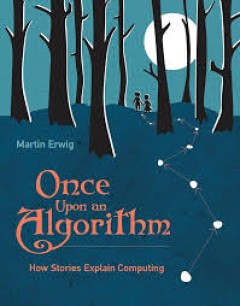
Once upon an algorithm how stories explain computing
How Hansel and Gretel, Sherlock Holmes, the movie Groundhog Day, Harry Potter, and other familiar stories illustrate the concepts of computing.OCLC-licensed vendor bibliographic record.
- Edition
- -
- ISBN/ISSN
- 9780262341691
- Collation
- 1 online resource
- Series Title
- -
- Call Number
- -

Philosophy and AI :essays at the interface
"A Bradford book."OCLC-licensed vendor bibliographic record.
- Edition
- -
- ISBN/ISSN
- 9780262315951
- Collation
- 1 online resource (xi, 304 pages) :illustrations
- Series Title
- -
- Call Number
- -
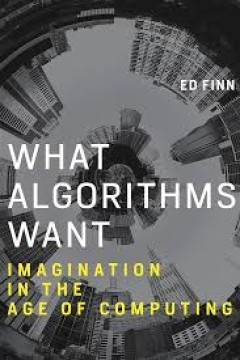
What algorithms want imagination in the age of computing
The gap between theoretical ideas and messy reality, as seen in Neal Stephenson, Adam Smith, and Star Trek.OCLC-licensed vendor bibliographic record.
- Edition
- -
- ISBN/ISSN
- 9780262338837
- Collation
- 1 online resource (viii, 257 pages) :illustrations.
- Series Title
- -
- Call Number
- -
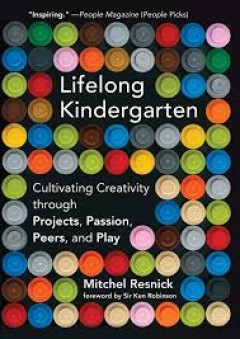
Lifelong Kindergarten: Cultivating Creativity through Projects, Passion, Peer…
How lessons from kindergarten can help everyone develop the creative thinking skills needed to thrive in today's society. In kindergartens these days, children spend more time with math worksheets and phonics flashcards than building blocks and finger paint. Kindergarten is becoming more like the rest of school. In Lifelong Kindergarten , learning expert Mitchel Resnick argues for exactly the …
- Edition
- -
- ISBN/ISSN
- 9780262344340
- Collation
- 1 online resource (208 pages)
- Series Title
- -
- Call Number
- -
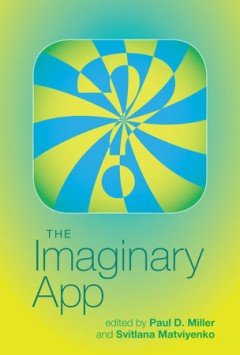
The imaginary app
The mobile app as technique and imaginary tool, offering a shortcut to instantaneous connection and entertainment.OCLC-licensed vendor bibliographic record.
- Edition
- -
- ISBN/ISSN
- 9780262320795
- Collation
- 1 online resource (xxxvi, 279 pages, 12 unnumbered pages of plates) :illustrations (some color).
- Series Title
- -
- Call Number
- -
Portraits in silicon
Short biographies of: Charles Babbage, Alan Turing, John von Neumann, Claude Shannon, Konrad Zuse, John V. Atanasoff, John V. Mauchly, J. Presper Eckert, Howard Aiken, Jay W. Forrester, Thomas J. Watson, Sr., William Norris, H. Ross Perot, William Shockley, Robert Noyce, Jack Kilby, Marcian E. (Ted) Hoff, Gene Amdahl, Seymour Cray, Gordon Bell, Grace Murray Hopper, John Backus, John Kemeny, Tho…
- Edition
- -
- ISBN/ISSN
- 9780262291422
- Collation
- 1 online resource (xiv, 374 pages) :illustrations, portraits
- Series Title
- -
- Call Number
- -
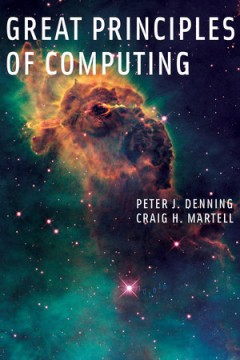
Great principles of computing
A new framework for understanding computing: a coherent set of principles spanning technologies, domains, algorithms, architectures, and designs."Computing is usually viewed as a technology field that advances at the breakneck speed of Moore's Law. If we turn away even for a moment, we might miss a game-changing technological breakthrough or an earthshaking theoretical development. This book ta…
- Edition
- -
- ISBN/ISSN
- 9780262324267
- Collation
- 1 online resource (xviii, 302 pages)
- Series Title
- -
- Call Number
- -

The Microelectronics revolution :
"The Microelectronics Revolution is a comprehensive guide to the silicon chip revolution and its impact on society. The distinguished contributors to this volume explain in turn the origins and nature of microelectronics, the characteristics of the burgeoning microchip industry and the increasing use of microprocessors in everyday products.The book details the impact of this new technology on s…
- Edition
- -
- ISBN/ISSN
- 9780262560214
- Collation
- -
- Series Title
- -
- Call Number
- -
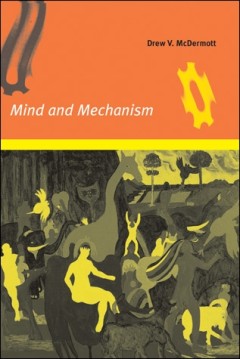
Mind and mechanism
"In Mind and Mechanism, Drew McDermott takes a computational approach to the mind-body problem (how it is that a purely physical entity, the brain, can have experiences). He begins by demonstrating the falseness of dualist approaches, which separate the physical and mental realms. He then surveys what has been accomplished in artificial intelligence, clearly differentiating what we know how to …
- Edition
- -
- ISBN/ISSN
- 9780262133920
- Collation
- -
- Series Title
- -
- Call Number
- -
 Computer Science, Information & General Works
Computer Science, Information & General Works  Philosophy & Psychology
Philosophy & Psychology  Religion
Religion  Social Sciences
Social Sciences  Language
Language  Pure Science
Pure Science  Applied Sciences
Applied Sciences  Art & Recreation
Art & Recreation  Literature
Literature  History & Geography
History & Geography